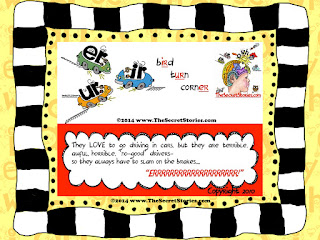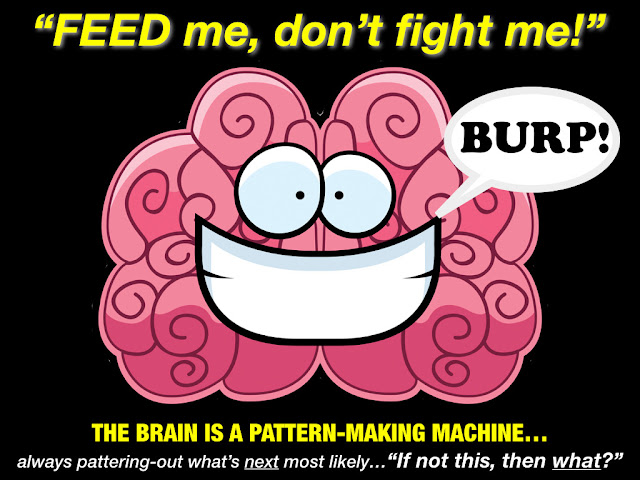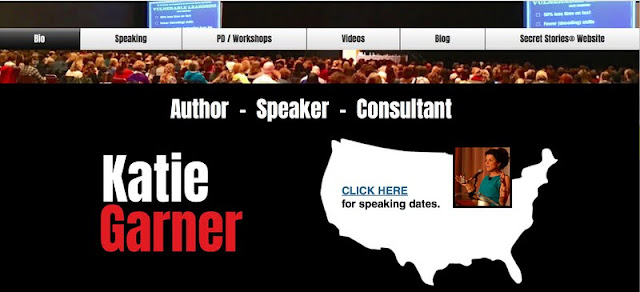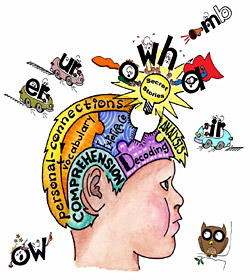Dear Katie,I love reading your blog! I’ve used your free Zoo Keeper Writing Strategies with my kinder class and the children really related, always showing me “how many animals (i.e. sounds) they caught” in their words!I’ve taught both 1st and 2nd grades for years, and now am in my seventh year of teaching kindergarten. As many of your letter pattern stories are, of course, geared toward 1st and 2nd, I was wondering if you had some that were more geared more toward kinder?
Also, at what point would you begin introducing the Secret Stories in kinder… after the majority know most of their letters?
Gratefully,
Marian M.
Kindergarten Teacher
I love Marian’s question, as it goes right to the heart of why I created the Secret Stories® in the first place, which was to break down the grade level walls of phonics instruction that limit early learner-access to the code!
Before I answer it specifically, I want to prepare you for the paradigm shift we’re about to take when it comes to what kindergarten can do and when they can do it, and I think these links will help! So here are a couple of guest posts by kindergarten teacher, Kjersti Johnson (post 1 and post 2) along with a couple of eye-opening, kindergarten-related video clips here and here.
So let’s get started by opening up a can of worms about WHY we do WHAT we do WHEN we do it when it comes to the “code” that kids need for reading and writing!
If you really think about it, what are kids supposed to do with just bits and pieces of the reading and writing code? How can you read OR write about your pet mouse with only a third, or even two-thirds of the code? And that’s all most early grade level learners have to work with, given that it takes multiple grade level years to teach it all…. and that’s if they’re on grade level!
The individual letter sounds (which kindergartners spend an entire year learning) provide very little bang for the buck when it comes to using them to reading and writing, as they are actually the least likely sounds that the letters will make when they get together in real words! This makes the brain’s job as a “pattern-making” machine extremely difficult, as it seems that letters are never actually doing what they’re supposed to!
And simply adding the blends and a few digraphs to the mix in first grade doesn’t help all that much, which is why kindergartners and first graders can barely read or write anything! At least not anything that hasn’t been “memorized” (ENTER SIGHT WORDS, STAGE RIGHT!)

And the sight word “parade” begins…
Sight words help compensate for the gross lack of phonics skills at the beginning grade levels, and are often taught in order to meet the required text-level assessments. For early grade teachers, rote memorization of high-frequency sight words can feel like a necessity when considering that the phonics skills kids need to read them aren’t even on their grade level scope and sequence. This is because traditionally, phonics skills are “divvied-out” in bits and pieces across multiple grade level years—from PreK to 2nd.
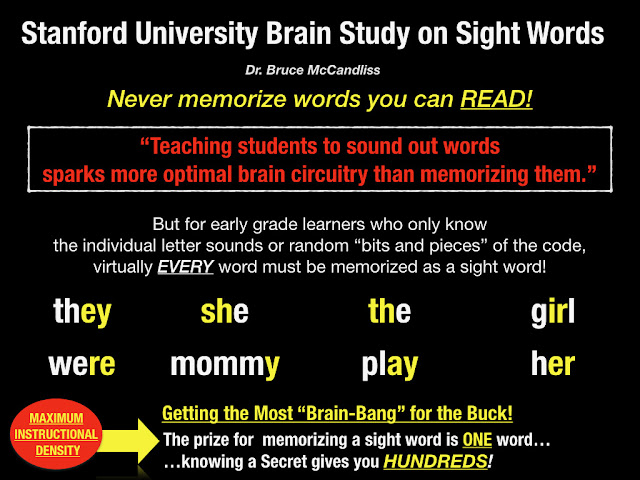 |
| Why Kids Shouldn’t Memorize What They Could READ! |
Moreover, the less skills kids bring to the table, the less value they take away from daily reading and writing experiences in the classroom.
Imagine that you’re a Morse Code operator, just assigned to a naval ship. 
But there’s a problem.
You are only in the first year of a three year Morse Code training program, which means that you barely know even one-third of the code. Yet you are expected to send and receive messages on day one.
You think to yourself……
“How can I possibly be expected to accurately send and receive messages with not even one-third of the code? What about all of the sounds I haven’t learned yet? How will I be able to figure out what the incoming messages say? And worse still, how can I send messages if I don’t know the code for all of the words? Should I just leave those parts blank, or just fill up the page with the parts of the code that I do know? Or maybe I could just forgo what the captain wants me to send and just write what I can spell instead?”
I like it so so much. I really really like the big fun sub a lot!
These are common strategies that beginning (and struggling) learners will also use in order to get around all of the parts of the code that they don’t know or haven’t yet been taught— of which there are many!
A scope and sequence cannot accurately predict which parts of the code learners will need to read their favorite book or to write the stories they want to tell. The /th/ digraph is considered a 1st grade skill by grade level scope and sequence standards, even though /th/ can be found on every line of every page in every book! In fact, kindergartners will encounter the /th/ pattern literally hundreds of times on their very first day! (And don’t even get me started on the letter /y/!) The bottom line is that just like with Morse Code, you need ALL of it to do ANYTHING with it!
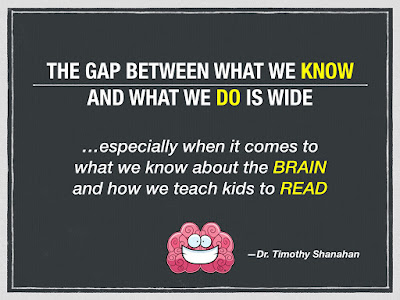 |
| Click here to learn more |
So the burning question is how to provide our earliest grade level learners with access to the “whole” code when it takes an entire for many kids to just learn the alphabet? The answer lies in the brain science. Brain science lights a path straight through the brain’s backdoor via the earlier developing, social and emotional “feeling” networks. By targeting phonics instruction to the affective learning domain, we can bypass areas of inherent early (and struggling) learner weakness (i.e. the higher level, executive processing centers) and tap into alternative areas of strength.
Secret Stories® does this in a variety of ways, beginning with channeling the individual letters and sounds through muscle memory (i.e. body intelligence) for accelerated mastery in just two weeks to two months— and that’s for kinder and PK! (And we’re not just talking the “basic” letter sounds, we’re talking every possible sound that a letter can make by itself, from hard and soft /c/ and /g/, to the long and short vowel sounds, to the positional sounds of /y/, and even /qu/…. and all while they eat their shoes and lick the carpet. (And if you actually teach preK or kinder, then you understand exactly what I mean— Lol!)
During the two week-two month time frame while the individual letter sounds are seeping in via muscle memory, they are also learning about the letters’ “secrets”, (i.e. Secret Stories) which are what they do when they don’t do what they should! The Secrets explain all of the crazy sounds that letters make when they get together, and even some of the strange things they can do when they are by themselves!
Shared as short little stories that are easy to remember and understand, they are ready for immediate use in both reading and writing! And because Secret Stories® aligns letter behavior to learners’ own behavior (by way of already familiar “social and emotional” frameworks) they can easily predict their most and next most likely sound behaviors, just as they could predict the behavior of their own classmates.
 |
| Download the Free Secret Stories® Mini-Poster Sample Pack! |
Shifting early grade reading/ phonics instruction from brain-antagonistic to brain-compatible requires that we FEED the brain, not FIGHT it, and Secret Stories Stories® are its favorite treat! They can (and should!) be given all day long, throughout the entire instructional day—anytime and anywhere they are needed to help read or spell a word. Every Secret you give them is one more “tool” in their tool belt that they can bring to the reading and writing table, so as to bring more value away!
So to answer Marian’s questions…
The Secrets are not bound by the traditional “grade level walls” for phonics instruction that limits learner-access to the code. To share only certain Secrets at certain grade levels would presume that learners at lower grade levels don’t need them, and how could that be true if they are reading and writing across the instructional day beginning in kindergarten? Nor can we possibly say WHICH Secrets a learner will need to read the book he picks from the library or to write a word in a story he wants to tell.
Like the Morse Code operators, kids need ALL of the code, so NEVER wait to share a Secret!
 |
| A “Backdoor Delivery System” for Accelerated Skill Access |
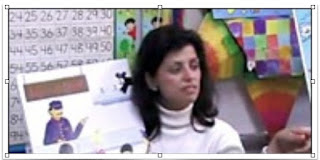 |
Never Miss a Secret! Subscribe to the Newsletter! |
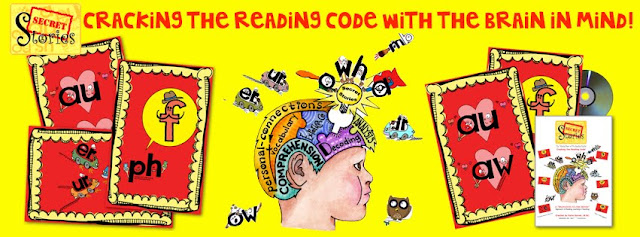 |
|||
|
Comments:
|







